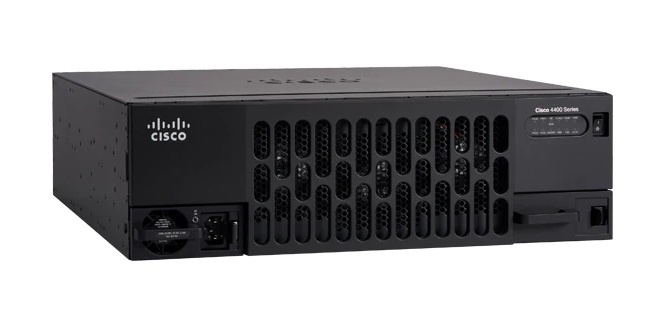What is a Router, Functions of a router
A router is a network infrastructure device that directs packets from one network to another network based on information from Network Layer (Layer 3) of OSI model. A router uses a combination of hardware and software to "route" data from the source network to destination network.
Before reading further, I strongly recommend you to read following lessons thoroughly and understand the core concepts of computer networking.
• Types of network communication - Unicast, Multicast and Broadcast
• Collision domain and broadcast domain
• Seven Layers of OSI Model.
• Comparison between TCP/IP and OSI
• IP addresses, subnet mask, network addresses
• MAC addresses
A network router is used to connect two or more networks having different network addresses. Network routers are used to divide a big network into multiple small networks. Network routers forward and receive data from one network to another network.
Routers segment large networks into logical segments called subnets. The division of the network is based on the Layer 3 addressing system. Dividing a big network (in other words, big broadcast domains) to smaller networks improves the performance of the network. Dividing a big network into smaller subnets is to create small broadcast domains.
As a network engineer, you should always remember the following important facts related with a router.
• If the Network Layer (Layer 3) Data packet (IP Datagram) originated from one computer is addressed to another device within the same local subnet, router will not forward that packet to another network. If data is addressed to a computer outside the subnet, the router will forward the data packet to the destination subnet.
• Only the IP datagram packets addressed to a computer located at another network will be forwarded from one subnet to another subnet by the router.
• Thus, routers act as the gateway of a subnet. Data from one network to another network (and vice versa) will always cross the router.
• To forward a layer 3 data packet from one subnet to another subnet, router must be configured with a path (or more paths) to reach the destination subnet.
• Subnetting a big network into multiple subnets helps in reducing unwanted network traffic from one subnet to reach another subnet. Network traffic which are supposed to reach a device in the local network will not cross router and create unwanted congestion problems in another network. Thus routers and routing helps in conserving network bandwidth.
Click the following link to learn what is network segmentation and the benefits of segmenting a big network into smaller networks using a Router
The following picture shows a Cisco 4000 Series Integrated Services Router. For more details and technical specifications, please visit official Cisco product page for Cisco 4000 Series Integrated Services Routers.
